
Por Silvia Sanchis, Departamento psicopedagógico de Primaria
Muchas dudas se nos plantean a todos ante este nuevo horizonte que debemos afrontar. El colegio está trabajando ya para buscar soluciones a esta nueva etapa de reapertura sin tener, por lo menos de momento, directrices claras por parte de las autoridades educativas acerca de cuales son los requisitos esenciales que garanticen la seguridad sanitaria de nuestros alumnos y profesores.
Seguimos todos en un estado emocional de desconcierto y, gracias a nuestra resiliencia vamos afrontando etapas, primero de confinamiento y actualmente de desconfinamiento, siempre teniendo muy presente que la responsabilidad individual en cuanto a medidas de higiene y seguridad es la clave para que la pandemia vaya remitiendo y podamos retomar nuestra vida con mayor normalidad.
Todo esto es lo que pensamos los adultos. Pero, ¿y los niños?
Al empezar la pandemia tuvimos que explicarles qué es lo que estaba pasando y por qué todos teníamos que estar en casa. Ellos lo entendieron y lo asimilaron con una prontitud sorprendente. Y es que lo único que los niños necesitan para asimilar situaciones nuevas es que se les anticipe la nueva situación mediante una explicación sencilla, adaptada a su lenguaje y contexto social, y tiempo para practicar las nuevas conductas que exige esa situación para que se conviertan en rutina. Si además de esto intentamos resolver sus dudas, aceptando que no tenemos una respuesta para todo, pero estamos siempre junto a ellos, su estabilidad emocional estará asegurada.
La anticipación y la práctica le aportan tranquilidad y seguridad.
Va a ser necesario prepararles para esta nueva etapa, porque el contexto escolar con el que se van a encontrar será distinto al que conocían: clases menos numerosas, mayor distancia física entre ellos, sus compañeros y sus profesores (algo extraño para los más pequeños), uso de mascarillas, priorización de las medidas higiénicas, restricciones en movilidad dentro del recinto escolar, nuevos horarios y algunas otras medidas que la existencia del virus nos obliga a tomar para garantizar la salud de todos.
¿Cómo prepararles para la nueva realidad escolar?
La explicación que debemos darles es sencilla. Ahora que la probabilidad de contagio es menor, estamos ya haciendo cosas que antes eran habituales, como salir a la calle, jugar al aire libre, y por supuesto, volver al colegio. Sin embargo, las hacemos de forma diferente y tomando precauciones siempre, porque el virus todavía no se ha ido del todo. Poco a poco lo estamos venciendo y depende de cada uno de nosotros que esto vaya cada día mejor. Por ello, es necesario seguir protegiéndonos. Aquí es donde todos nos debemos esforzar. Esta breve explicación es necesaria en todas las edades. No se trata de sobredimensionar el tema generando temor, pero debemos ser realistas porque esto todavía no ha pasado.
Los más pequeños lo entenderán rápidamente mediante símiles a los que ya están acostumbrados. Si les decimos que lo mismo que en invierno a nadie se le ocurre ir en bañador y nos protegemos con ropa de abrigo, porque la ropa nos protege del frío y de ponernos malitos, ahora, las medidas de higiene y distanciamiento son las que nos protegen del virus, aunque no lo veamos, y a nadie se le ocurriría no seguirlas.
Debemos explicarles que cuando volvamos al cole de nuevo, quizá no podamos ver a todos los niños que estaban en nuestra clase al mismo tiempo. Tendremos que asegurarnos de que vamos siempre en fila cuando nos movamos, y siempre algo separados de nuestros compañeros. Los profesores siempre practican el desplazamiento en filas ordenadas por dentro del colegio, pero ahora tenemos que seguir esforzándonos en que la fila sea siempre ordenada, incluso más que antes.
Nuestras profesoras tendrán que utilizar mascarilla y los niños más mayores también la llevarán. Puede ayudarles si les enseñemos fotos de cómo son ahora las aulas en otros países donde ya se están abriendo los centros escolares.
En el colegio invertimos mucho en el valor compartir con los demás. Pero ahora vamos a tener que cambiar el criterio, porque los materiales van a tener que ser de uso individual. Debemos colaborar todos con el personal de limpieza, que va a estar muy presente para una mayor seguridad de todos.
Guardar la distancia física es algo muy difícil para los más pequeños. Podemos enseñarles cuánto es un metro y medio poniendo una cinta en el suelo o calculando los pasos de distancia, medidas que ellos puedan ver y percibir. Los más pequeños son los que más van a acusar este distanciamiento físico y por eso son los que mayor rutina necesitan para entenderlo. Por otra parte, aprenden rápido, y ya saben que no pueden estar muy cerca de sus amigos cuando los encuentran o juegan, o no pueden dar abrazos a adultos que no viven con ellos.
Es muy importante practicar las medidas de higiene que tendrán que realizar en el colegio. Seguro que si empezamos a practicarlas en casa las tendrán asumidas cuando lleguen al colegio.
- En cuanto al lavado de manos, hay juegos, vídeos y canciones que podemos utilizar para ayudarles a interiorizar la manera de hacerlo correctamente. Debemos empezar por los más pequeños desde luego, porque algunos de ellos dejan las manos debajo del grifo y esperan que sea el adulto quien haga el trabajo.
- Es necesario que automaticen bien cuándo deben lavarse las manos:
- Después de ir al baño
- Antes y después de comer
- Después de cada actividad
- Después de estornudar
- Después de sonarse la nariz
- En el colegio, al entrar y salir del cole y de la clase.
- Insistir y practicar cómo deben taparse la boca cuando tosan.
- Sonarse la nariz y tirar el papel a la papelera. Sonarse la nariz, sin duda, requiere práctica en niños menores de cinco años.
Por último, recordemos que los recursos visuales ayudan a los más pequeños a interiorizar conductas. Por lo tanto, es recomendable colocar en casa pequeños posters que indiquen cuándo y cómo extremar las medidas de higiene y distancia social.
By Silvia Sanchis, Department of Primary Psychopedagogy
Since its appearance in our lives, the pandemic has generated many doubts for us all. At school we are already working hard on finding suitable solutions for reopening without having yet received guidelines from the education authorities on the necessary requirements to guarantee the health and safety of our students and staff.
We all continue in an emotional state of bewilderment and, thanks to our resilience, we are able to face the challenges, firstly of confinement and currently of de-escalation, with hygiene and safety measures at the forefront as these are the keys to reducing the pandemic and to enabling us to resume our lives with relative normality.
This is the way that we, as adults, think. But what about the children?
When the pandemic started, we had to explain what was happening and why we all had to be home. They understood and assimilated it with surprising speed. And the only thing that children need to assimilate new situations is to anticipate them via a simple explanation, adapted to their language and social context, as well as having time to practice the new behaviours that the situation requires so that these become routine. If in addition to this we try to resolve their concerns, accepting that we do not have an answer for everything, but are always by their side, their emotional stability will be assured.
Anticipation and practice give you peace of mind and security.
It will be necessary to prepare them for this new stage, because the school context they will find will be different from the one they knew: fewer classes, greater physical distance between them, their classmates and their teachers (something strange for the little ones), use of masks, prioritisation of hygiene measures, restrictions on mobility within the school grounds, new schedules and some other measures that the existence of the virus forces us to take to guarantee everyone’s health.
How to prepare them for the new school reality?
The explanation that we must give them is simple. Now that the probability of contagion is less, we are already doing things that were common before, such as going outside, playing outdoors, and of course, going back to school. However, we do them differently and always take precautions, because the virus is not yet completely gone. Little by little we are overcoming it and for this to continue we must continue protecting ourselves.
This brief explanation is necessary at all ages. It is not a question of exaggerating the issue, generating fear, but we must be realistic because the pandemic is not yet over.
The little ones will quickly understand it through metaphors to which they are already accustomed. If we explain that in the same way as in winter, instead of our swimming costume we wear warm clothes to protect us from the cold and from getting sick, now, we must use hygiene and distance measures to protect us from the virus.
We should explain to them that when we go back to school again, we may not be able to see all the children who were in our class at the same time. We will have to make sure that we always line up when we move, and always at more of a distance from our peers. Teachers always practice lining up in neat rows inside the school, but now they will have to try even harder to line up carefully, more so than before.
Their teachers will have to wear a mask and the older children will also wear them. It will help them to show them photos of what classrooms are like in other countries where schools are already opening.
At school we invest a lot in the value of sharing with others. But now we are going to have to change this criteria, because the materials are going to have to be for individual use. We must all collaborate with the cleaning staff, who will be very present to ensure greater safety for all.
Keeping physical distance is very difficult for the little ones. We can teach them how much a meter and a half is by putting a tape on the ground or calculating distance steps, measurements they can see and perceive. The little ones are the ones who will find physical distancing the most difficult which is why they need the most routine to help them understand it. On the other hand, they learn fast, and they already know that they cannot play close together with their friends when they meet, and that they can’t give hugs to adults who do not live with them.
It is very important for them to practice the hygiene measures that will be in place at school whilst they are at home so that these can be learned before they return.
- Regarding handwashing, there are games, videos and songs that we can use to help you internalise the way to do it correctly. We should start with the smallest ones, of course, because some of them leave their hands under the tap and wait for the adult to do the work.
- They need know well when they should wash their hands:
- After going to the bathroom
- Before and after eating
- After each activity
- After sneezing
- After blowing their nose
- At school, when entering and leaving school and class
3. Insist on and practice how they should cover their mouths when they cough.
4. How they should blow their nose and throw the paper in the trash. Learning to blow their nose will require practice in children under the age of five.
Finally, remember that visual resources help children to internalise behaviours. Therefore, it is advisable to place small posters around the house that indicate when and how to take extreme measures of hygiene and social distance.



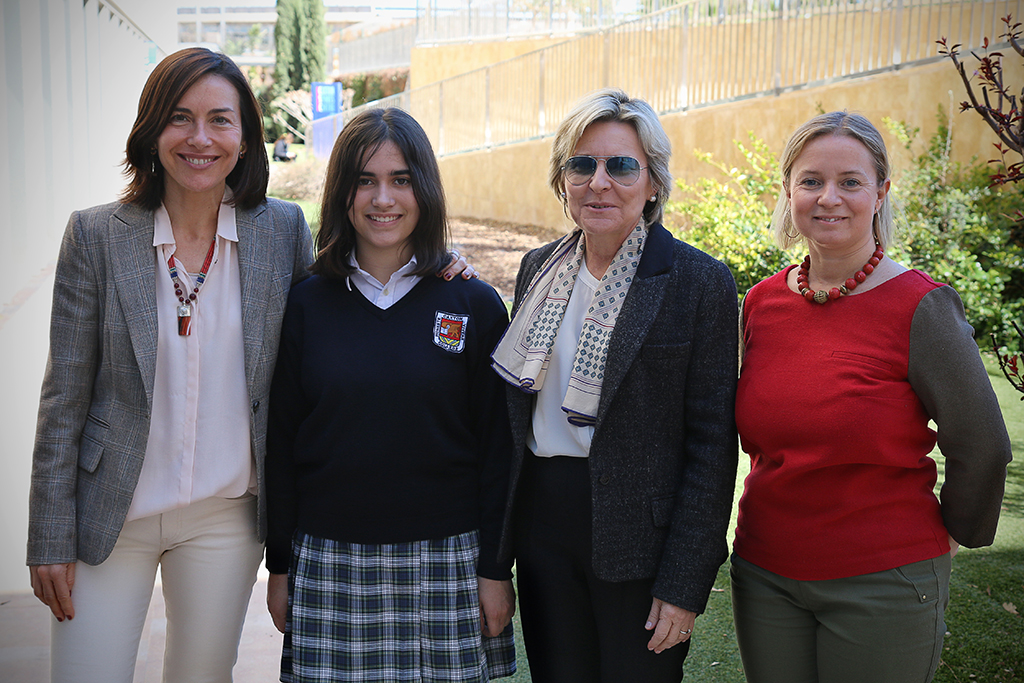


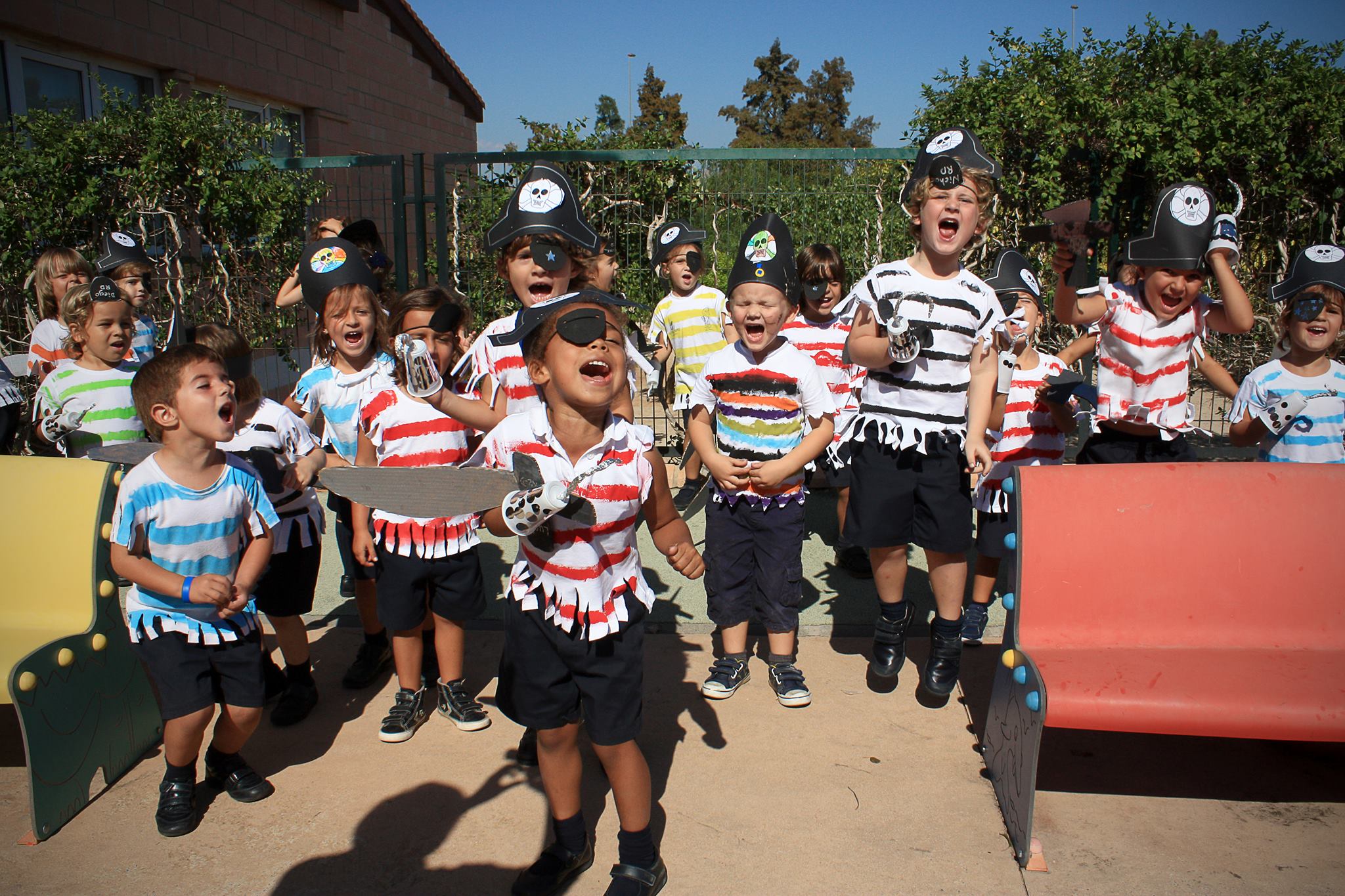
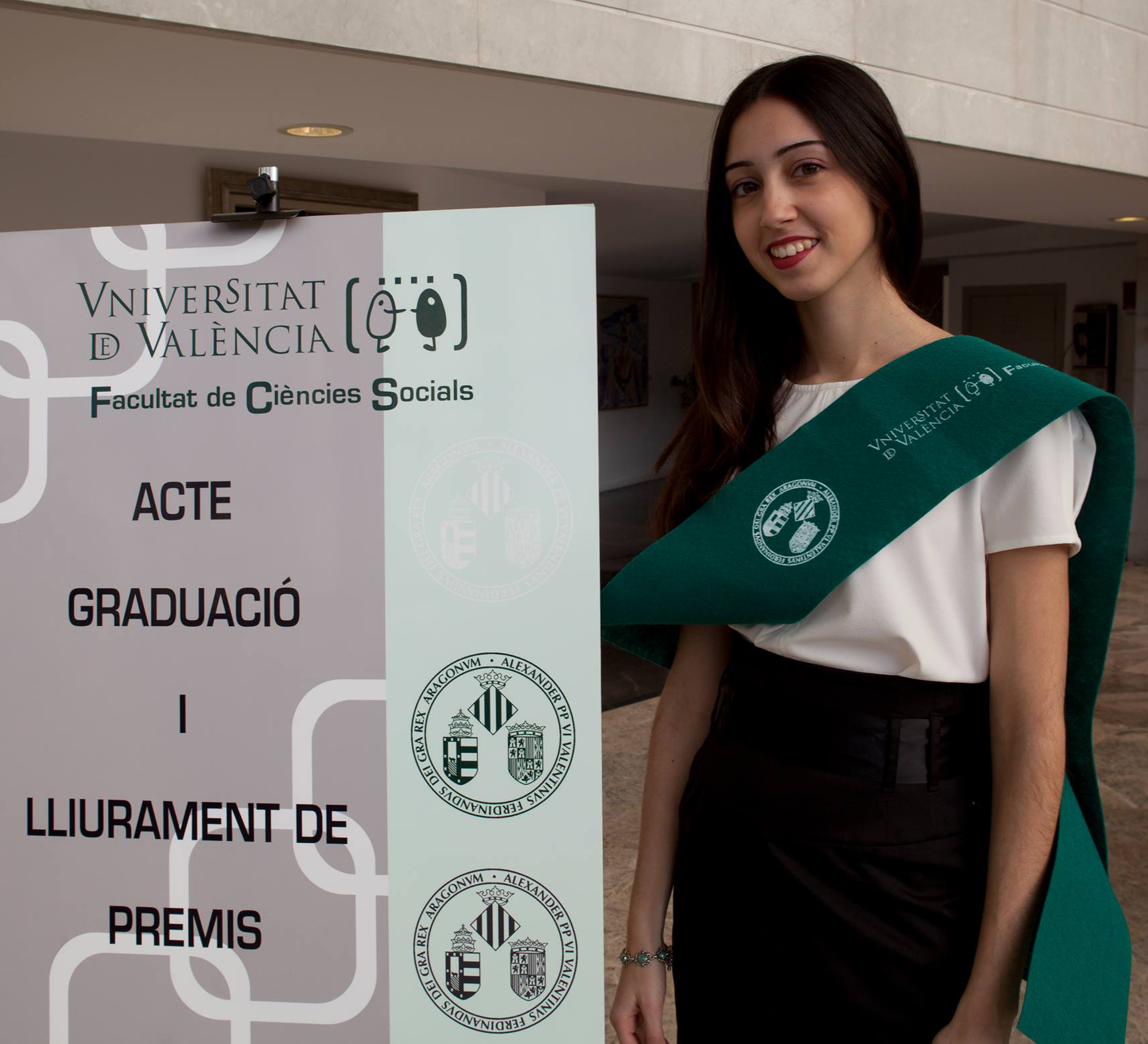
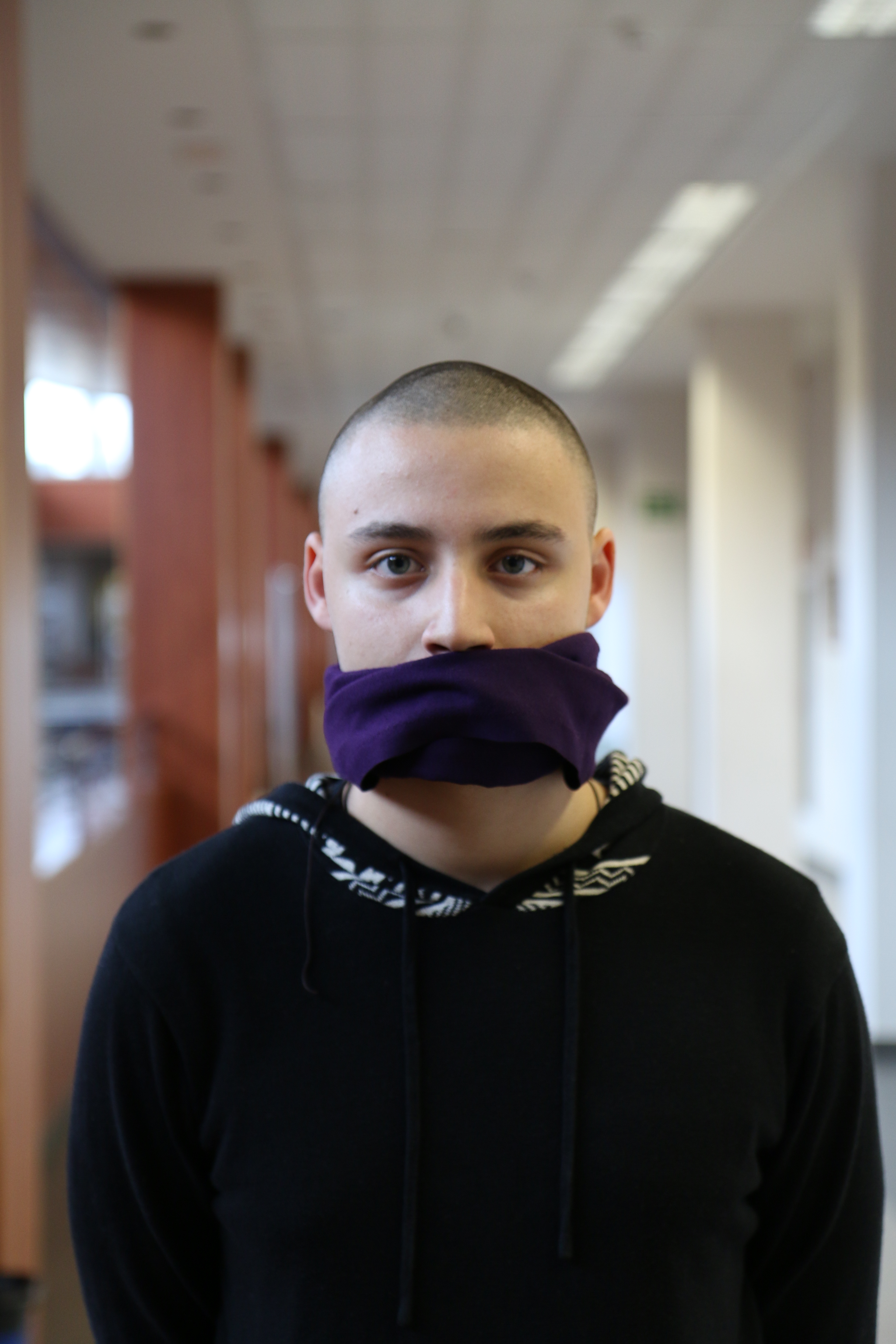
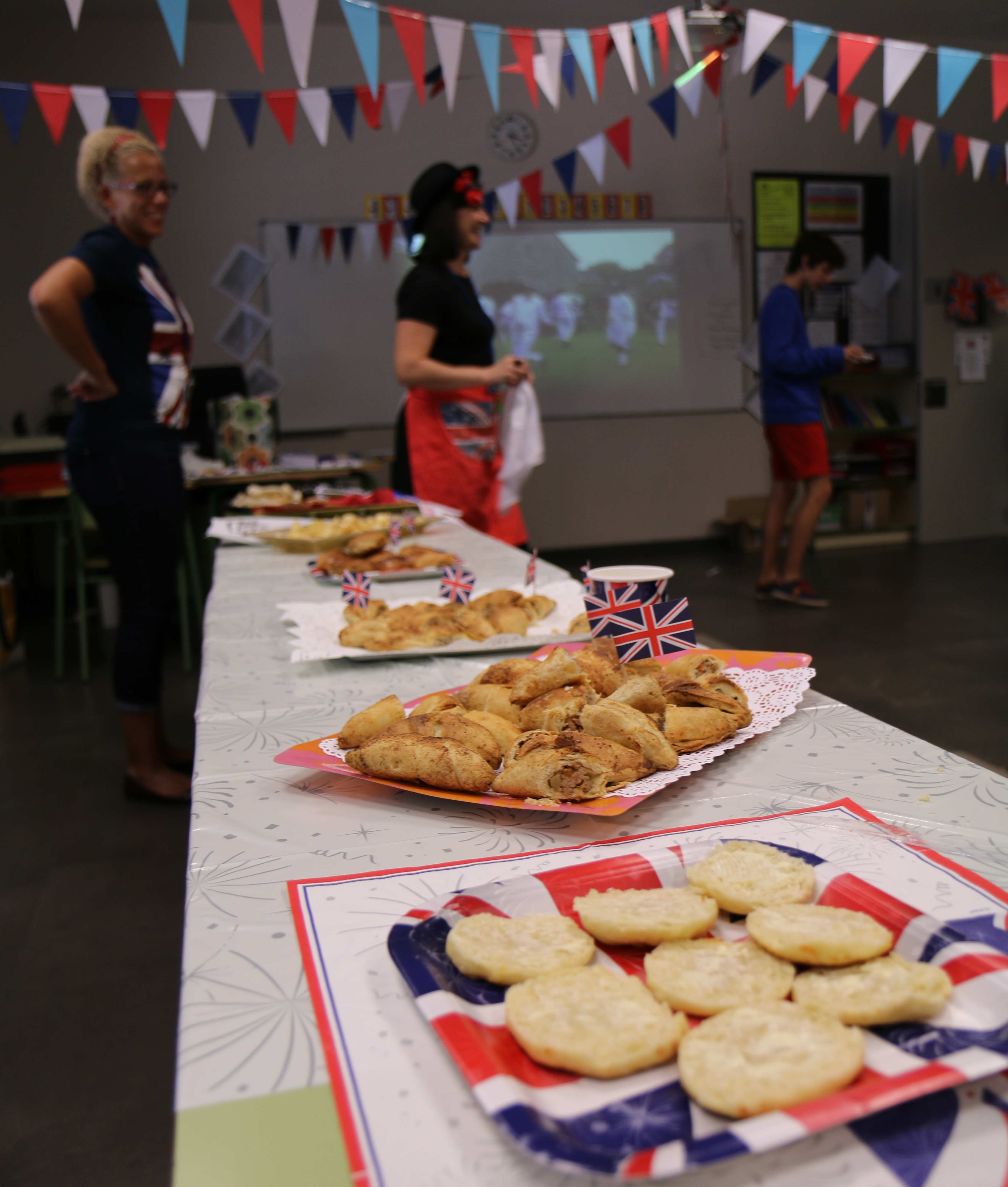
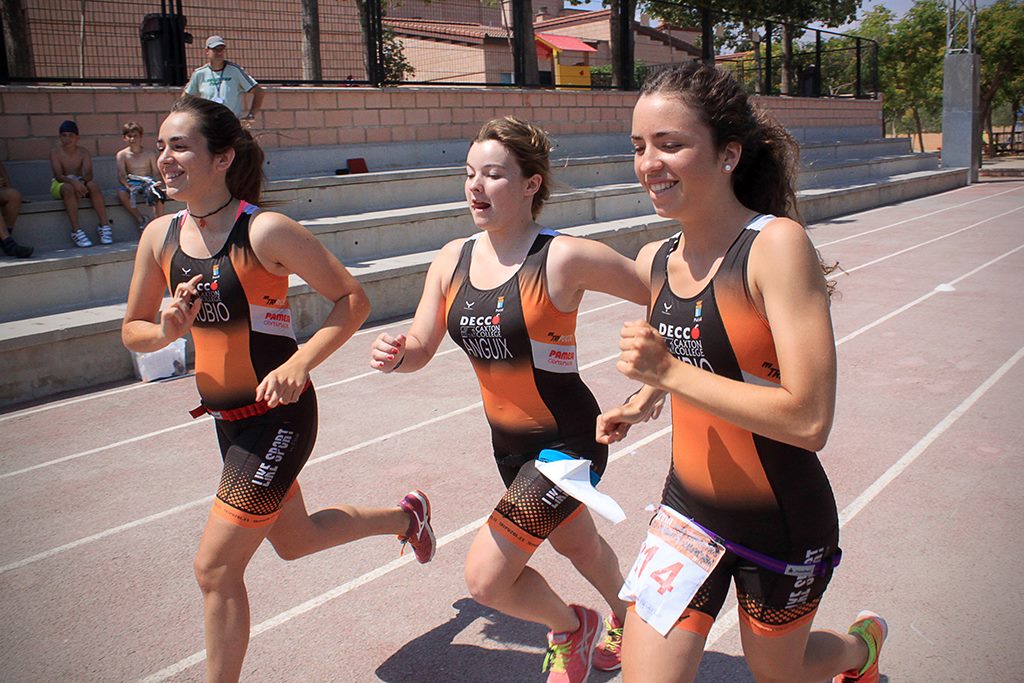
Leave a Reply